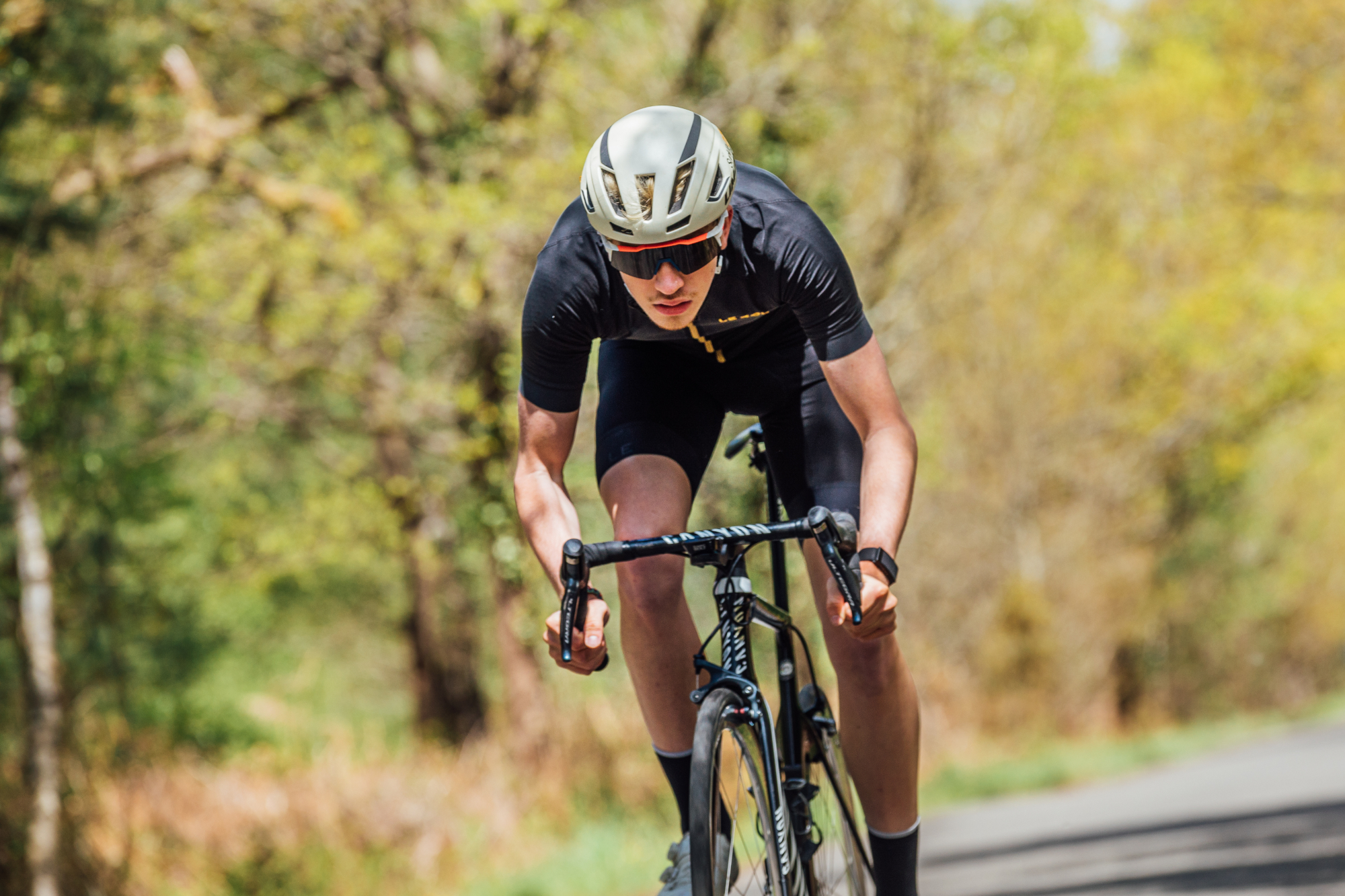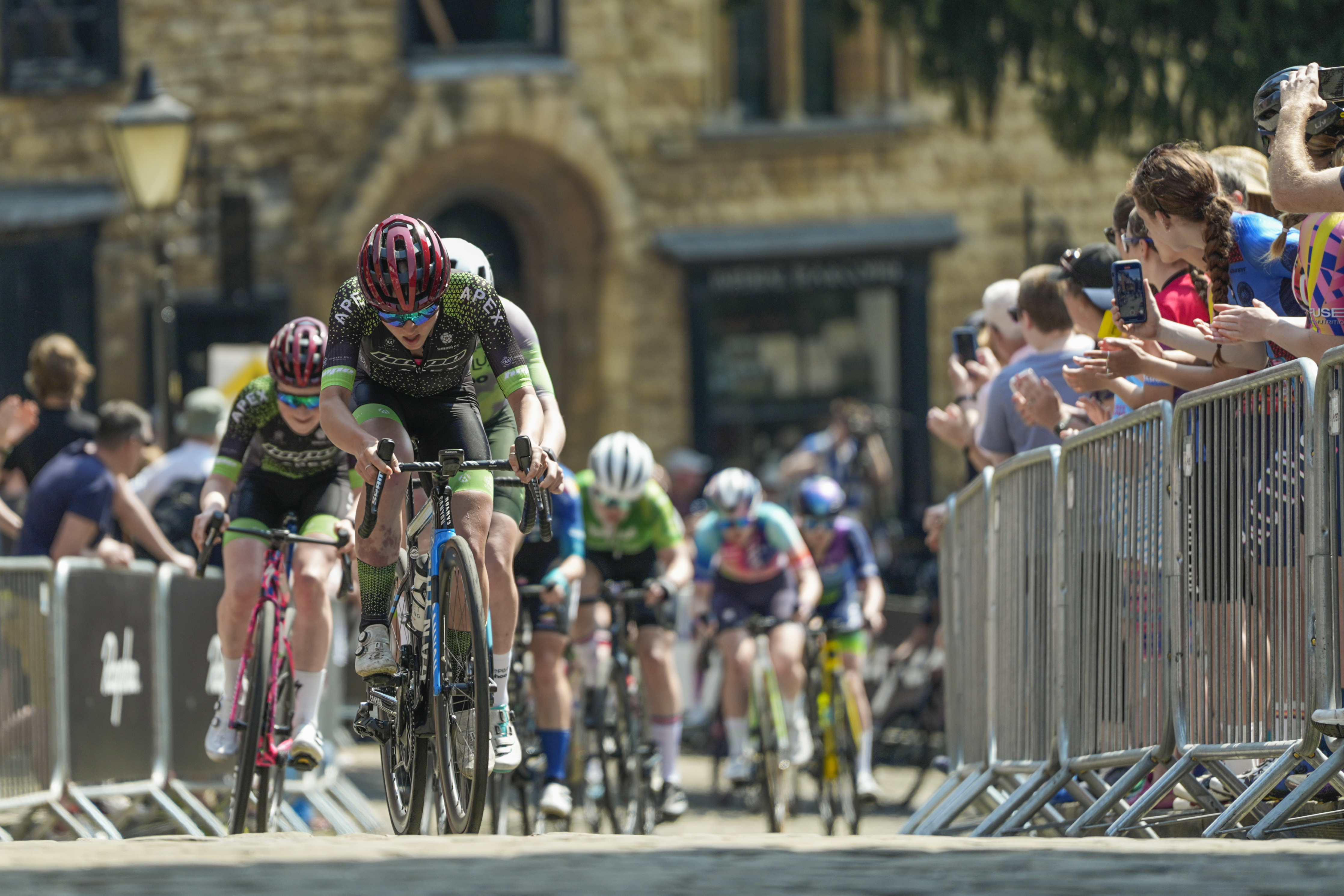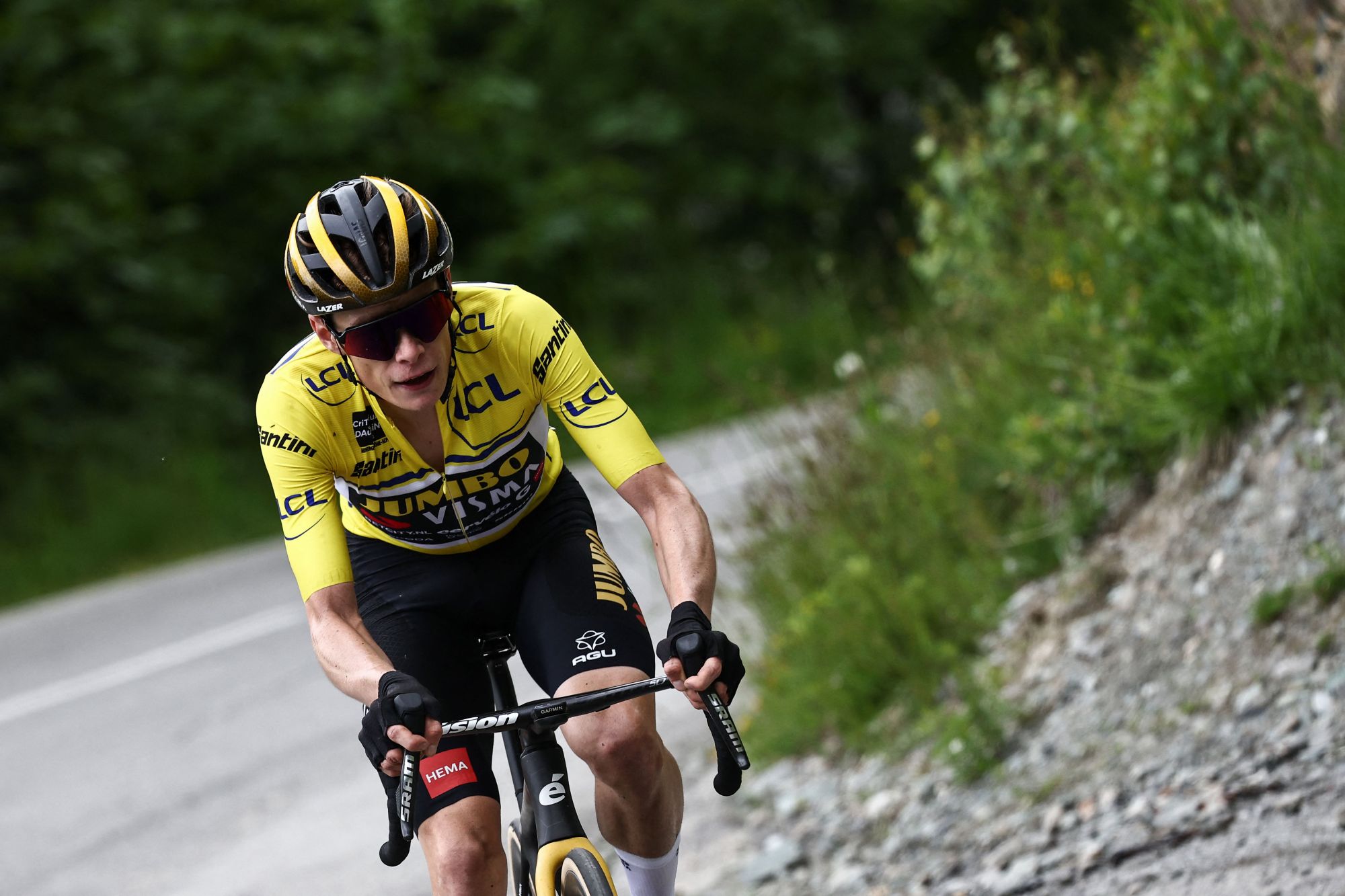Ask a coach: ‘Does maximal heart rate really matter in terms of riding performance?’
Is a higher or lower maximum heart rate better? Or is there even any point in comparing?


In this age of online training plans and workouts, do you ever find yourself with a burning question you’d like to directly ask a cycling coach? Well, now is your chance to ask away! In this series, we’ll be putting your questions to expert coaches – send them in at anna.abram@futurenet.com
Does maximal heart rate really matter in terms of riding performance? Well, the short answer is no…not really! But why is that?

Sports scientist and coach James Spragg is one of the experts who will be answering your questions in Cycling Weekly's ASK A CYCLING COACH series which comes out every Wednesday. Working both in research and applied settings, he currently runs Intercept Performance Consultancy.
When we exercise, our hearts pump blood around the body in two circuits – one via the lungs where it picks up oxygen and drops off carbon dioxide and the other via the working muscles where it delivers that oxygen and picks up carbon dioxide. Using one of the best heart rate monitors we can track exactly how quickly it is beating, which also enables us to train with heart rate training zones to ensure we're spending time riding at the correct intensity.
Pumping more blood around the body is going to be beneficial in terms of delivering oxygen to the leg muscles, and the more oxygen we can into the muscles the quicker you are going to get up that local Strava segment.
However, there are a few important components that dictate how much oxygen we can get into those leg muscles. These can be divided into three categories:
1) How much blood we can pump around the body
2) How much oxygen the blood can carry
Get The Leadout Newsletter
The latest race content, interviews, features, reviews and expert buying guides, direct to your inbox!
3) How much oxygen we can extract from the blood into the muscles
All three are important for performance but for the purposes of answering today’s question, let’s focus on the first – how much blood we can pump around the body?
The volume of blood we can pump around the body is what we called cardiac output – in exercise physiology, it gets given the moniker Q.
Q is measured as the amount of blood (in litres) that the heart can pump out of the left ventricle (that’s the side of the heart that pumps to the working muscle) in one minute.
Q is really important for exercise performance. In fact, changes in Q account for most of the differences in performance between untrained and trained cyclists.
However, Q itself is made up of two factors:
1) How quickly your heart can beat per minute – maximal heart rate
2) How much blood is being pumped per beat – this is known as stroke volume

As we train, we strengthen the working muscles. Typically, when we think of which muscles are involved in cycling, we think of the muscles within the legs – the quadriceps, the hamstrings, the glutes. However, the heart and lungs are also working hard whenever we go out for a ride. Therefore, it does make sense that they also become stronger.
When we train, we give a stimulus to our hearts to get stronger. Just as with any other muscle, the heart responds and adapts to the stimulus. It becomes better and better at pumping out more and more blood with each beat. This means that for any given heart rate our heart is pumping more blood. Our stroke volume has increased. This in turn means more oxygen is being delivered to the working muscles and we can ride faster for longer.
So, we now know that training improves stroke volume, but what about maximal heart rate? Well, maximal heart rate is not trainable in the same way. In fact, it is not uncommon for maximal heart rate to be lowered ever so slightly in well-trained athletes. Maximal heart rate is carefully controlled by the autonomic nervous system – that is the part of the nervous system that controls the function of your body unconsciously. Therefore, there is actually little we can actually do to influence maximal heart rate.
So, should you be worried if your maximal heart rate is higher or lower than your mates? The answer is a no. Not only is there very little you can do to alter your maximum heart rate, but it is only one component in a long line of factors that influence performance. There are plenty of other adaptations that take place in the body and in your heart that are trainable. So my advice would be to not worry about what you can’t control, get out there, train well and you will be able to increase your average speed or improve your climbing, breezing past your mates regardless of what your maximum heart rate is.

Thank you for reading 20 articles this month* Join now for unlimited access
Enjoy your first month for just £1 / $1 / €1
*Read 5 free articles per month without a subscription

Join now for unlimited access
Try first month for just £1 / $1 / €1
James Spragg is a sports scientist and coach, working both in research and applied settings. When not working with athletes James can be found skiing, climbing, cycling or drinking coffee!
Alongside Dan Lorang and Peter Leo, James runs Intercept Performance Consultancy. Over the last 8 years in various roles, as coaches, performance consultants, performance managers, and sports scientists, Dan, James and Peter have played a role in helping athletes achieve more than 10 World Championship titles, several Olympics medals (including a Gold and Silver Medal in Tokyo 2020) and several Top 5 results in some of the biggest sporting events on the planet (Tour de France, Olympics, World and European Championships). Our single focus is on improving performance in all settings.
-
 Rapha launches the Super-League, a new British road racing points competition
Rapha launches the Super-League, a new British road racing points competition16 events make up the Rapha Super-League, including crits and road races, with overall winners crowned
By Adam Becket
-
 Jonas Vingegaard confirms race schedule ahead of Tour de France
Jonas Vingegaard confirms race schedule ahead of Tour de FranceDanish climber will only ride the Critérium du Dauphiné in June, but will take part in two altitude camps
By Tom Thewlis